Remembering the World’s First ‘Cold-Storage Banquet’
At the turn of the 20th century, the concept of a refrigerated feast was terrifying.
On October 23, 1911, some 400 guests sat down to one of the most pivotal meals of the 20th century. The setting was the Louis XVI room in Chicago’s Hotel Sherman, a “luxurious meeting place for the elite” that catered to swaggering politicians and mafiosi alike. There, under the cavernous, molded ceilings resplendent with gilt details, the mayor of Chicago, the city’s health commissioner, and other bigwig bureaucrats steeled their nerves for the world’s first-ever “cold-storage banquet.”
Neither the eggs in the egg salad, nor the apples in the apple pie were fresh from any farm. “Everything but the olives in the dry martinis was refrigerated,” says Nicola Twilley, who writes of the banquet in Frostbite: How Refrigeration Changed Our Food, Our Planet, and Ourselves. Twilley’s new book is a sweeping look at the ways in which cold-storage radically overhauled everything from our fundamental concept of flavors to the structures of our cities. And it all started with this most strange and controversial of feasts.
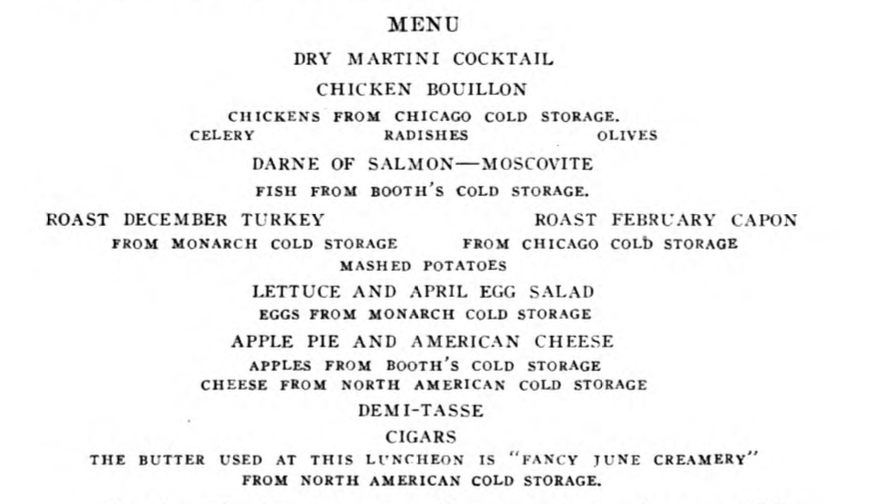
In his toast at the banquet, the secretary of the National Poultry, Butter, and Egg Association praised guests’ bravery in trying a meal that relied on the nascent technology: “What better example of courage could we have than their presence today, for it took considerable courage in the face of all that has been written in the newspapers to sit down to such a spread.” This was nearly two years before the first commercial refrigerators started appearing in American homes. And as is so often the case with new technology, there was rampant anxiety about whether or not it was safe.

A great deal of fanfare was made over the true age of the meats, eggs, and fish on the table—and that the ladies present had the bravery to ingest any of it. “Your capon received its summons to the great unknown along about last St. Valentine’s day,” Meyer Eichengreen, the association’s vice president, told the rapt diners.
“The thing that really struck me was that the printed menu, instead of saying which farm the chickens came from, as you might see on any Brooklyn farm-to-table [restaurant], it said which cold storage, which refrigerated warehouse,” Twilley says. Indeed, the menu describes a “Darne of Salmon—Moscovite” from Booth’s Cold Storage, followed by a “Roast December Turkey” from Monarch Cold Storage.
“This meal was held as this PR attempt to basically say, ‘Listen, you can eat a meal that has been made of refrigerated food and live to tell the tale,’” Twilley says. Some of the anxiety was warranted. The Jungle, Upton Sinclair’s explosive novel about rampant unsanitary practices in Chicago’s meatpacking plants, had come out in 1905. The Pure Food and Drug Act only came about a year later, and public trust in corporations to provide food that was safe was still low. As Twilley writes, the third largest cause of death at the turn of the 20th century was gastrointestinal infections and diarrhea.
“Congress at the time was considering putting extremely short limits on how long food could be stored in refrigerated warehouses,” Twilley says. “Because there was such an outcry from the public about this new technology that could make a chicken look like it had been slaughtered yesterday when in fact it had been slaughtered a year ago.”

All factions of the National Poultry, Butter, and Egg Association had incentive to curtail public backlash against refrigeration with a splashy banquet. As Twilley points out, prior to the invention of artificial lights in chicken coops—which stimulate the birds’ pituitary glands to trick them into laying—fresh eggs were largely only available in spring. “If you wanted an egg in October, when the banquet was held, that was a rare thing,” Twilley says. “Spring eggs were abundant and cheap—and there was no way to save them in their fresh condition until refrigeration came along.”
Until refrigeration came along, a lot of things that modern-day Americans take for granted weren’t possible. By the late 19th century, keeping America’s growing urban populations fed was becoming a logistical nightmare. In order to supply enough meat, farmers brought live animals into the heart of cities like Chicago and Manhattan. “You get these amazing descriptions of trying to herd a flock of turkeys on the road,” Twilley says. “They go about a mile an hour. And then they’d roost in trees in the evening, and people had to chase them down.”
In Manhattan, cowboys wrangling their herds toward the Meatpacking District became such a problem that city officials built a cow tunnel under Twelfth Avenue. By the start of the 20th century, refrigerated rail cars made it possible to move beef without all four moving legs attached.
“I went on this quest to see if there were still remnants, and the city archaeologist got involved,” Twilley says of the cow tunnel. If any parts survived the construction of the Javits Center and Lincoln Tunnel, they’re now inaccessible to humans—although the president of the archaeological consulting firm that coauthored the 2004 Hudson Yards/No. 7 Line study assured Twilley that they were very much real.
Part of the collective drive to figure out how to keep meat, dairy, and eggs safe to eat for longer came from a growing, if flawed, understanding of nutrition. After a Dutch chemist discovered protein in 1838, scientists quickly honed in on it as an essential energy source for a strong, healthy working class. “They were early protein bros,” Twilley says. “They were like, ‘God, this is a disaster, because we have all of these people moving to cities in all of our new factories, and they’re not getting enough protein. They will become weak and our nation will become weak because of it.’ It was seen as this grave national question.”
Scientists experimented with other options including creosote coating—much like that naturally created when smoking meat—and dehydrated jerky to solve the perceived crisis. “No one thought that refrigeration was going to be the solution,” Twilley says. “Until we figured out how to use machines to make cold, we were reliant on this very ephemeral, unreliable thing that melted. [Ice is] great, but you can’t base a food supply on that.”
As Twilley points out, reliable refrigeration also brought a host of new flavors into American homes. Ice cream, previously a luxury, became commonplace, as did molded gelatin creations. Coca-Cola, first invented in 1886, didn’t really take off until commercial ice became cheap and widely available. Cold dulls our taste buds, meaning that something that might normally seem sickly and cloying when warm becomes delicious when served in a frosty glass.

As Americans learned, soups, stews, and other dishes improved dramatically in flavor after a stint in the refrigerator. “The fridge slows [chemical reactions] down—that’s how it prevents rot—but it doesn’t stop them,” Twilley says. That means the lactose in a cream-based soup will gradually turn to glucose, giving it a sweeter, rounder taste, while the fat-soluble spices in a curry will disperse and bloom. “Stuff can be weirdly more delicious the next day, and there’s science behind that.”
The cold-storage banquet in 1911 was declared a success, yet critics at the time predicted dire consequences—and they weren’t entirely wrong. While our cities are currently more sanitary and—save the occasional urban farm—blissfully bovine-free, both our food systems and our fundamental concept of taste haven’t been the same since.
Twilley argues that we’ve become accustomed to bland tomatoes, peaches, strawberries, and other produce designed for transport rather than taste. “There’s been this huge impact because the qualities that make a fruit or vegetable delicious are not the ones that contribute to its sturdiness in a refrigerated food system,” she says.
Immediately after the banquet, the Chicago Inter Ocean ran a scathing op-ed. The paper, along with others, decried the whole business, but said, “The one silver lining is that soon everyone who can remember what food is supposed to taste like, pre-refrigeration, will be dead, and we’ll all just be used to this.”
That actually happened. “We do not expect to taste seasonality in our butter and milk, which people would have—the taste of summer milk, the taste of spring butter,” Twilley says. “We would have known those flavors. Those are gone.”
Gastro Obscura covers the world’s most wondrous food and drink.
Sign up for our regular newsletter.



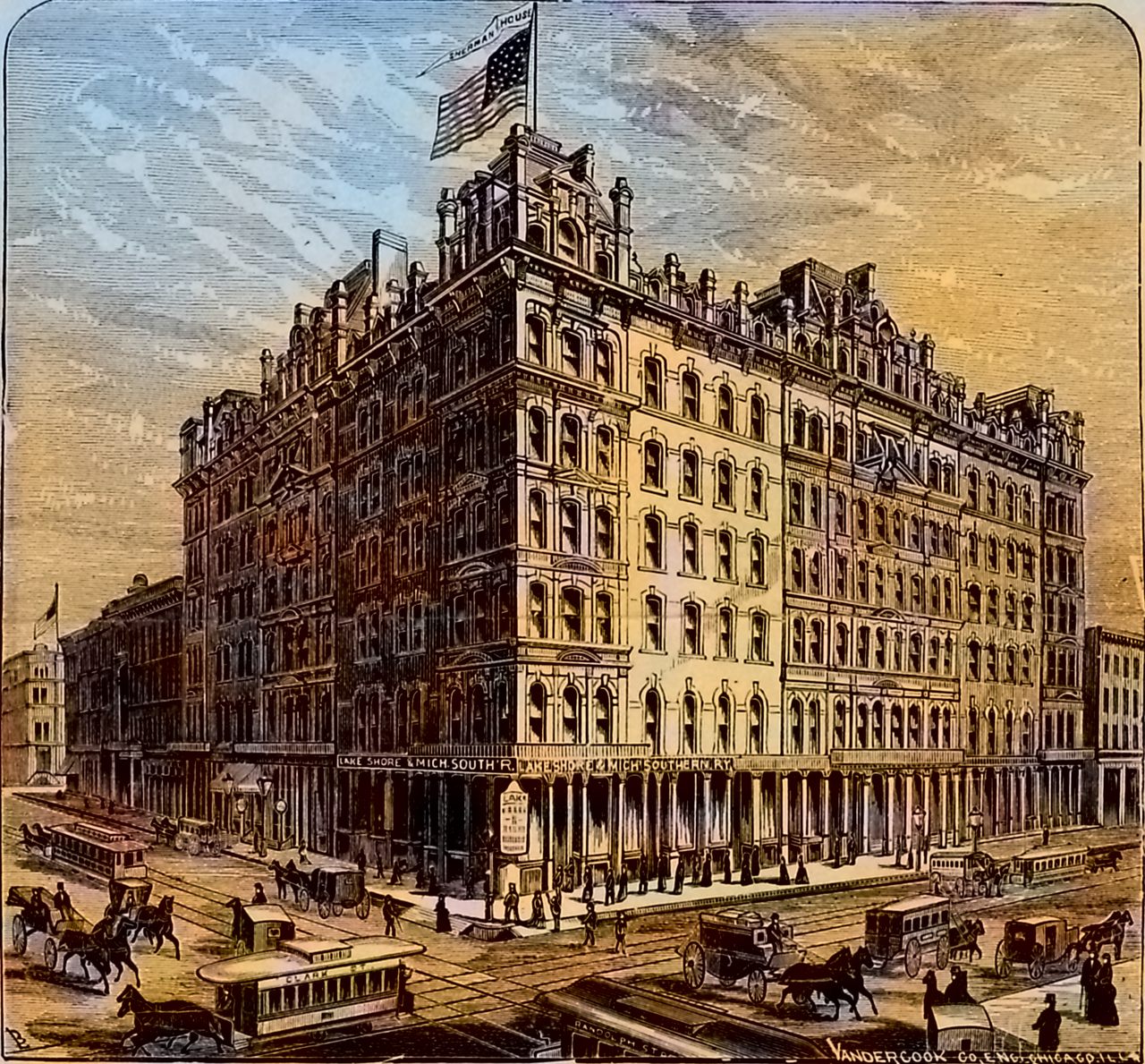




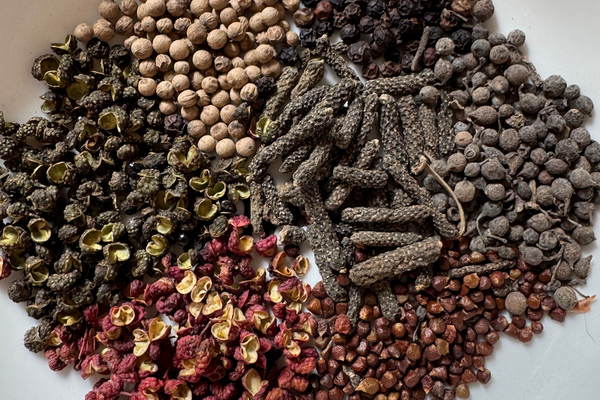













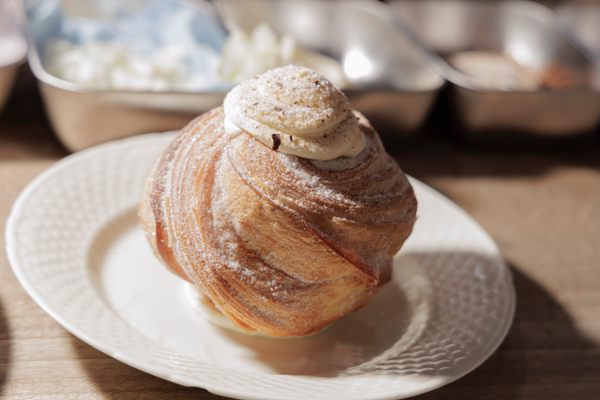
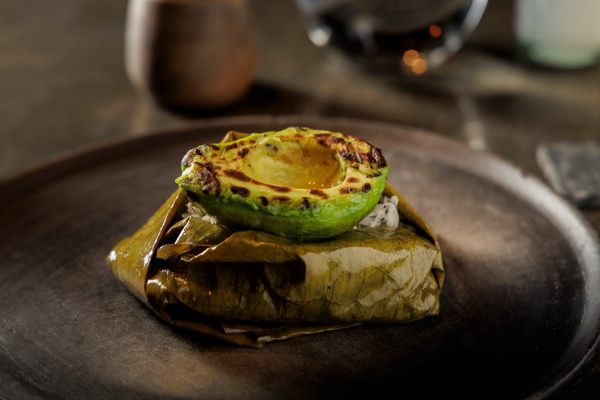

Follow us on Twitter to get the latest on the world's hidden wonders.
Like us on Facebook to get the latest on the world's hidden wonders.
Follow us on Twitter Like us on Facebook